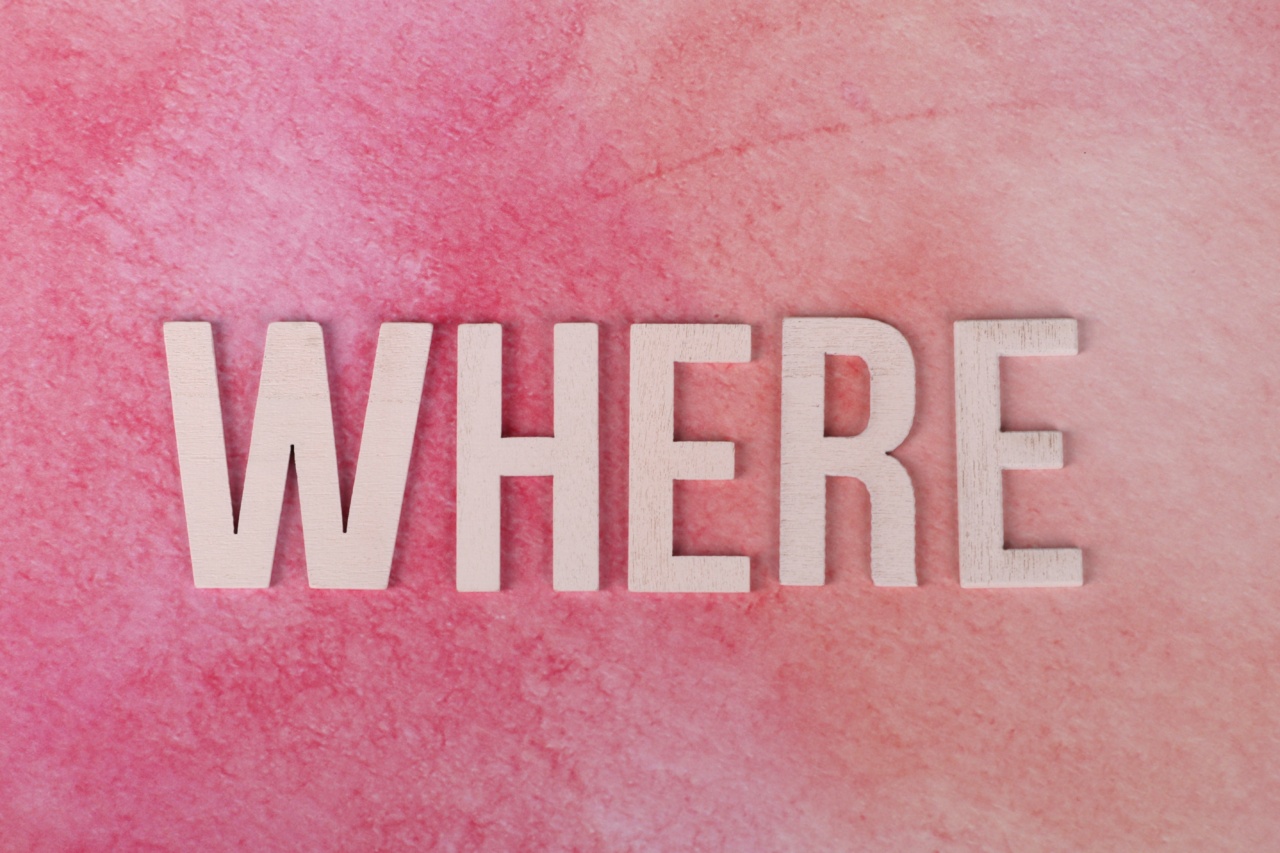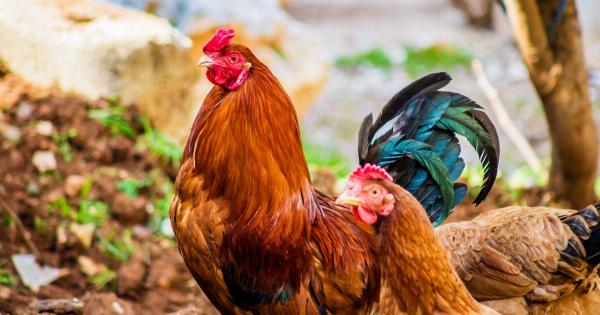Manhood, the concept of masculinity, has always been a prevailing topic in societies throughout history.
From ancient civilizations to modern times, the qualities and expectations associated with manhood have evolved, shaped by cultural, social, and psychological factors. In this article, we dive deep into the realm of manhood, exploring its origins, influences, and significance in different contexts.
The Origins of Manhood
The concept of manhood can be traced back to the earliest human civilizations. In ancient times, physical strength, courage, and the ability to protect were the primary attributes associated with manhood.
Men were expected to be warriors, defenders of their families and communities. This archetypal image of the strong male hunter-gatherer persisted throughout various cultures, shaping the early definitions of manhood.
The Influence of Culture on Manhood
Culture plays a vital role in shaping notions of manhood. Each society has its own set of expectations, roles, and ideals for men.
For example, in traditional societies, where gender roles are often more rigid, men may be expected to be the breadwinners, while women assume domestic responsibilities. These cultural expectations can put significant pressure on men to conform to these predefined roles, affecting their personal identities and self-esteem.
In contrast, modern societies are witnessing a shift in traditional gender roles. With the rise of feminism and increasing gender equality movements, the definition of manhood is becoming more fluid and adaptable.
Men are now encouraged to explore their emotions, prioritize their mental well-being, and actively participate in caregiving and household chores. These changing expectations have both positive and negative impacts on men’s experience of manhood.
The Role of Media in Shaping Manhood
Media, including films, television shows, advertisements, and social media platforms, plays a significant role in perpetuating and challenging idealized versions of manhood.
Throughout history, popular culture has often portrayed men as assertive, independent, and emotionally restrained. These depictions can create unrealistic expectations, leading some men to feel inadequate if they do not embody these characteristics.
However, recent years have seen a sharp increase in media representation that challenges traditional notions of manhood.
Characters with diverse backgrounds, emotions, and vulnerabilities are being portrayed, encouraging a more inclusive understanding of what it means to be a man. This evolving media landscape is instrumental in promoting healthier and more realistic depictions of manhood.
Mental Health and Manhood
The rigid expectations associated with manhood can have a profound impact on men’s mental health. Societal pressures to appear strong and independent often discourage men from seeking help or expressing their emotional struggles.
This leads to higher rates of undiagnosed mental health conditions and a reluctance to seek treatment.
Addressing these challenges, conversations surrounding mental health and manhood are beginning to take center stage.
Movements advocating for emotional vulnerability, such as “toxic masculinity” awareness, aim to break down harmful stereotypes and encourage men to embrace their emotions fully. These efforts are vital in promoting mental well-being among men, dismantling the traditional narrative that equates emotional vulnerability with weakness.
Reimagining Manhood in the 21st Century
The 21st century presents an opportunity to redefine manhood. As societies become more inclusive and diverse, it is crucial to recognize and celebrate the richness of masculine experiences.
Men should feel empowered to define their own versions of manhood, free from oppressive expectations and stereotypes.
This reimagination involves fostering healthy relationships, encouraging emotional intelligence, and promoting gender equality.
It requires recognizing the importance of intersectionality, acknowledging how race, ethnicity, sexuality, and other social identities intersect with manhood and affect individual experiences.
Education and Manhood
Education plays a pivotal role in shaping perceptions of manhood. By incorporating comprehensive gender education in school curricula, young individuals can develop a well-rounded understanding of masculinity.
Educators can challenge harmful stereotypes, encourage healthy communication, and foster an environment that promotes empathy, respect, and inclusivity.
Manhood Across Cultures
Understanding manhood requires examining its manifestations across different cultures. In some cultures, manhood rituals and initiations mark the transition from boyhood to manhood.
These practices often involve physical ordeals or symbolic ceremonies that instill values, responsibilities, and expectations associated with manhood.
For instance, the Maasai tribe in East Africa has a rite of passage called Eunoto, where young men prove their courage by facing various challenges and ultimately become warriors.
Similarly, the samurai tradition in feudal Japan exemplified an unwavering dedication to honor and loyalty.
The Role of Relationships in Manhood
Manhood is influenced by social relationships and interactions. Traditional notions of manhood often emphasize independence and self-reliance, sometimes leading to a lack of emotional intimacy.
Men may find it challenging to form deep connections or express their vulnerability within relationships.
However, evolving attitudes toward masculinity are reshaping how men engage in relationships. Healthy communication, emotional support, and equality are becoming essential pillars in fostering meaningful connections.
Men are recognizing the importance of vulnerability, empathy, and active engagement in fostering healthy relationships, both romantic and platonic.
Manhood and Fatherhood
One important aspect of manhood is the role of fatherhood. The expectations, responsibilities, and rewards associated with being a father profoundly impact men’s understanding of their masculinity.
The journey of fatherhood often challenges and reshapes traditional notions of manhood, as men navigate their roles as caregivers, nurturers, and role models.
Men who actively engage in parenting, share household responsibilities, and promote gender equality from an early stage are instrumental in challenging and reshaping harmful stereotypes.
By promoting healthy fatherhood, societies can empower men to embrace their nurturing side and recognize the importance of their involvement in their children’s lives.
Conclusion
Manhood, an ever-evolving concept, continues to shape lives and societies. Its definition across cultures, the influence of media, mental health implications, and the role of relationships all contribute to its complexity.
Embracing a more inclusive and diverse understanding of masculinity is crucial in fostering healthy environments where individuals can thrive, free from the limitations of traditional stereotypes.






























